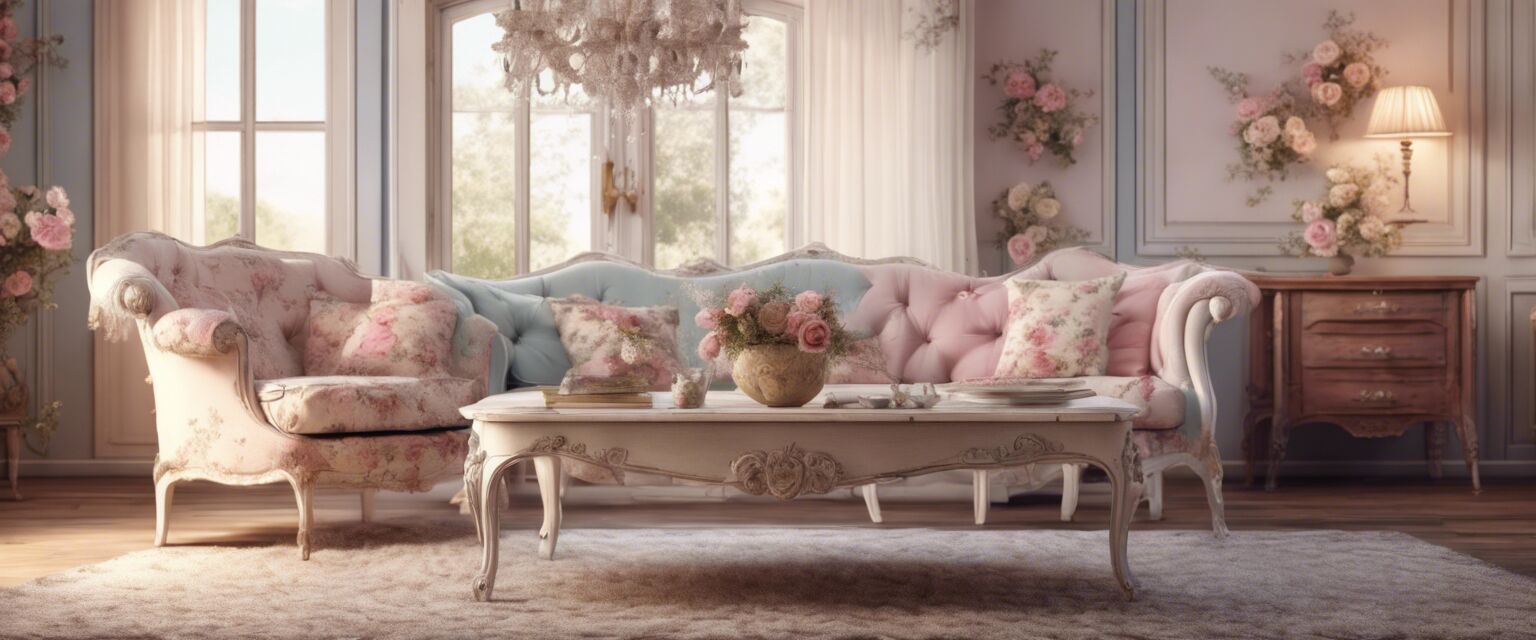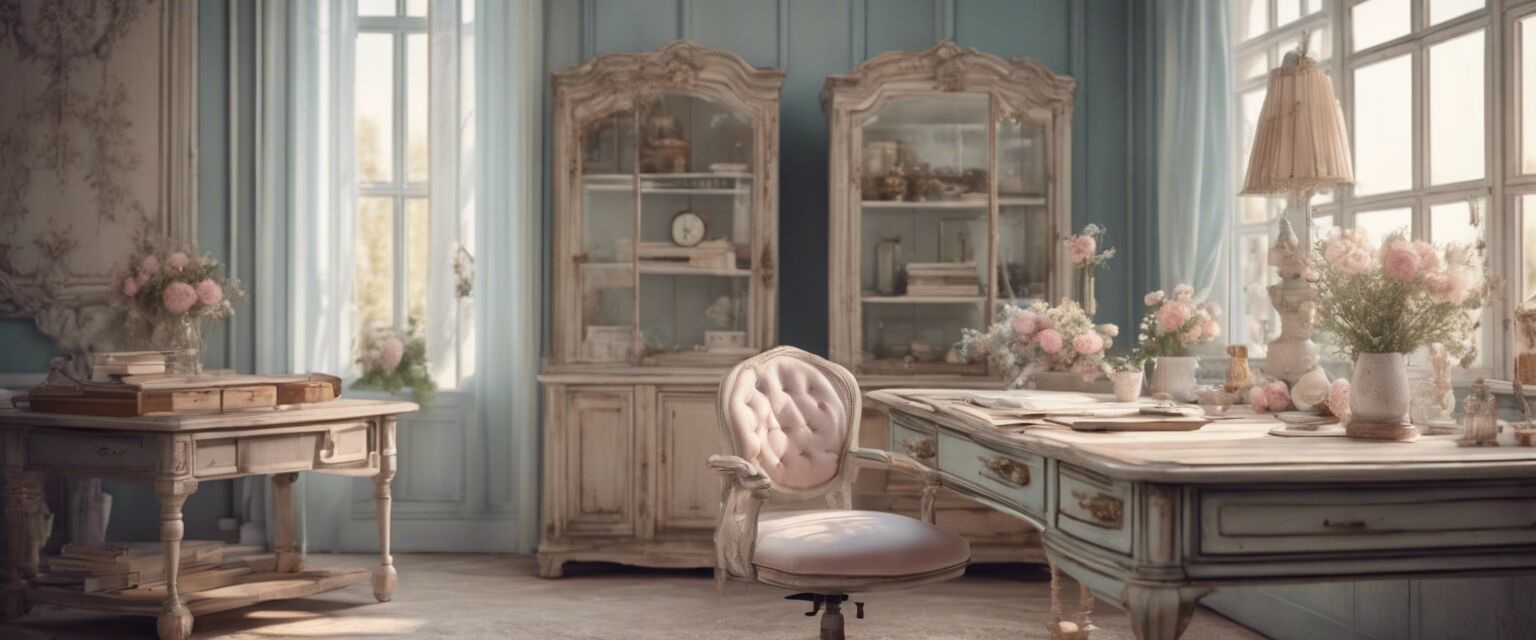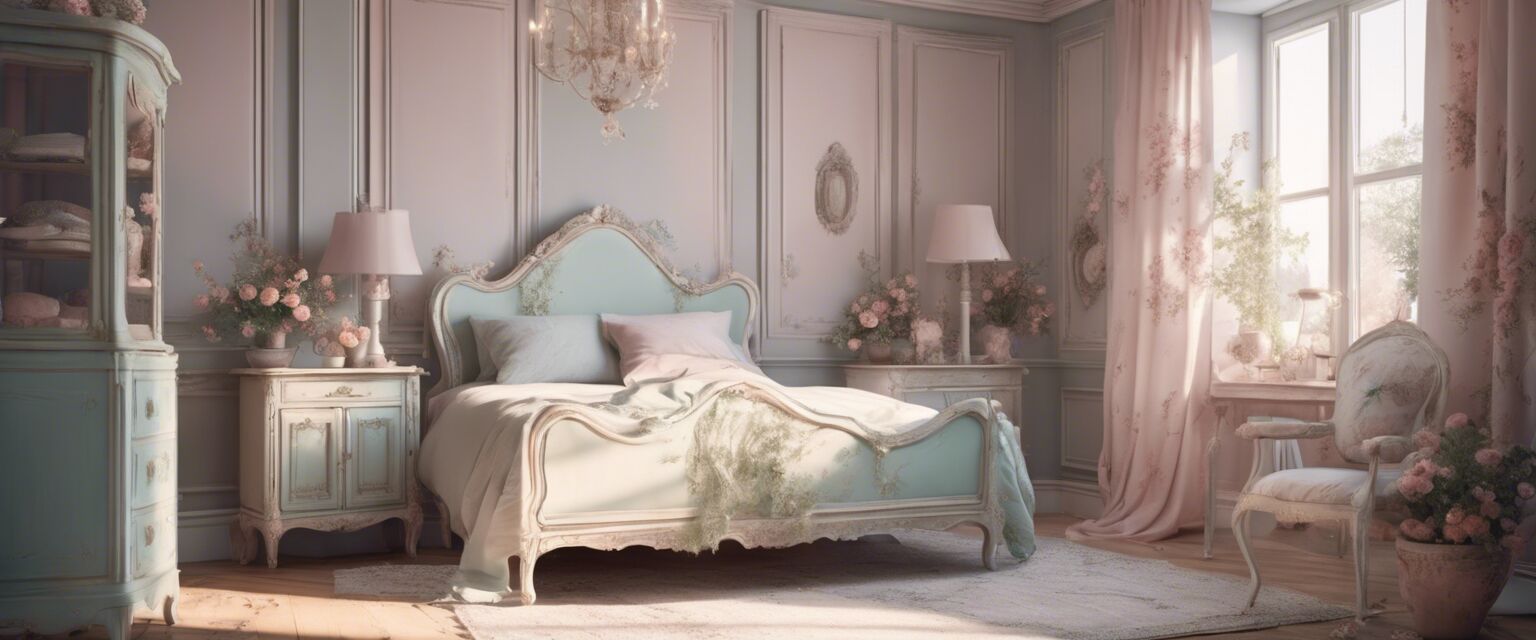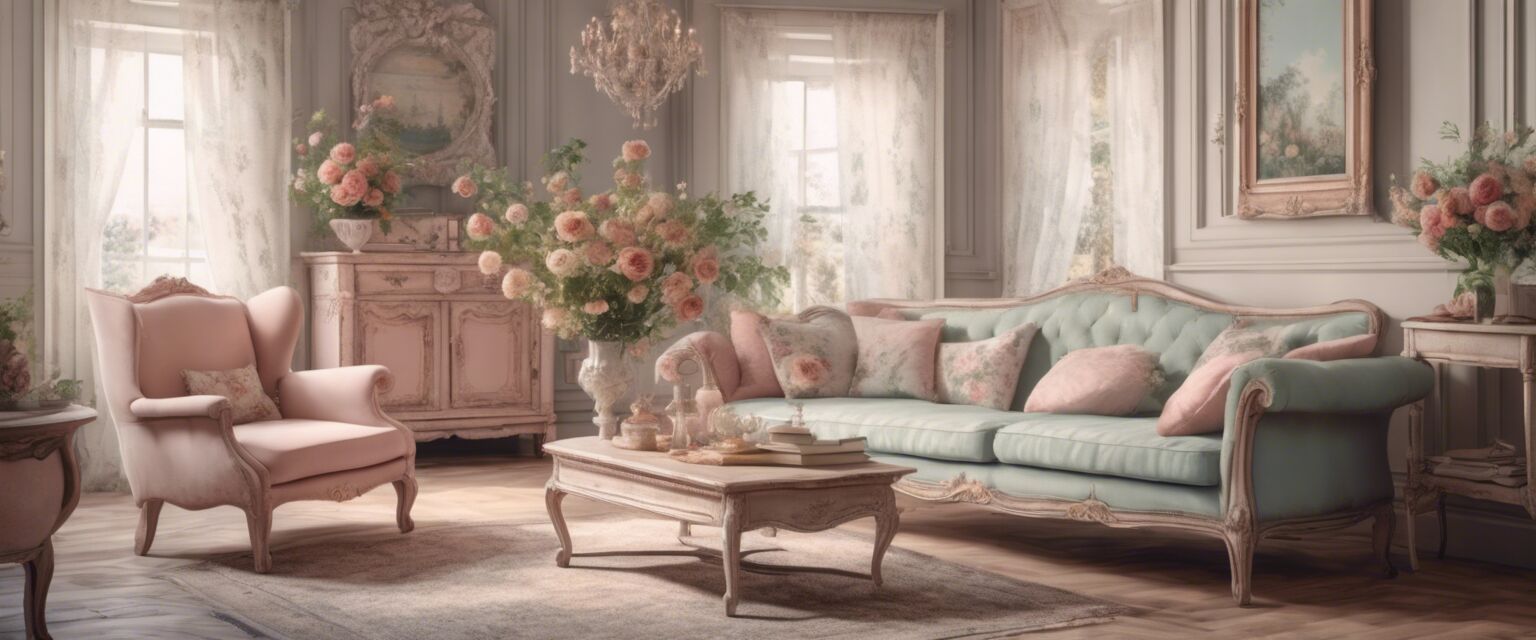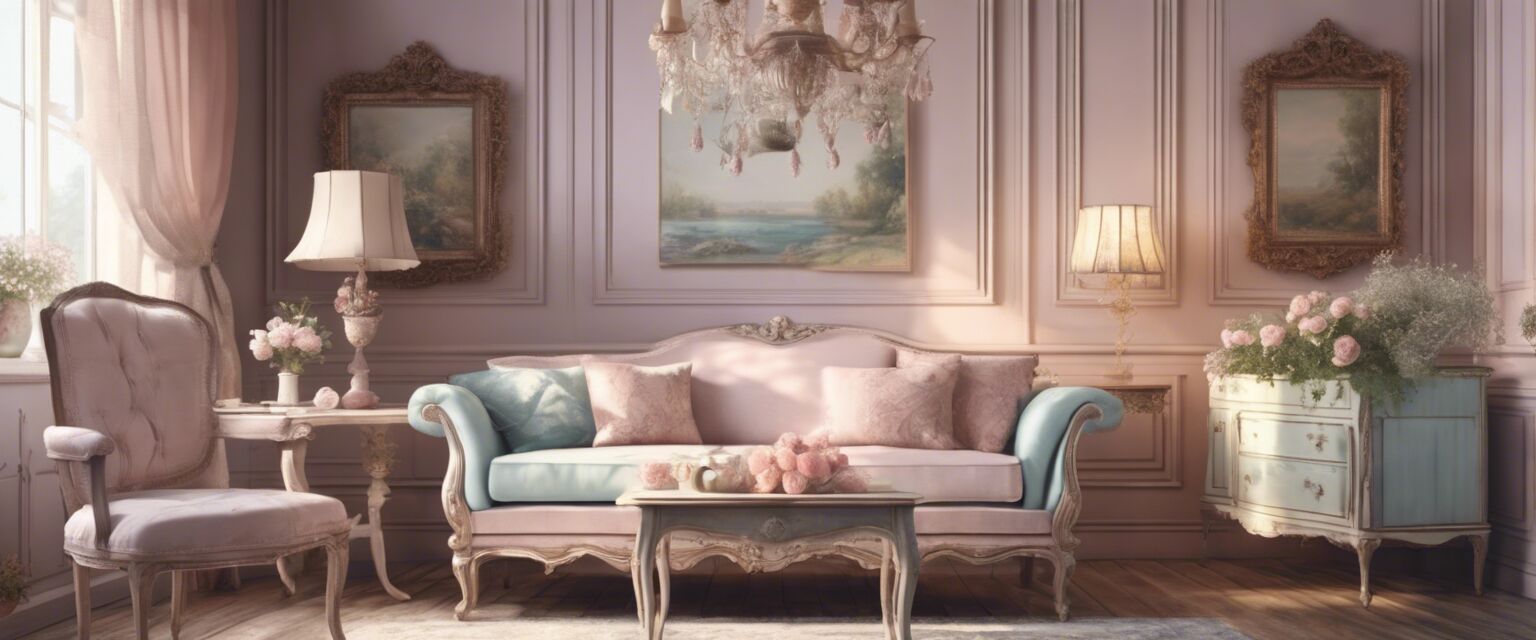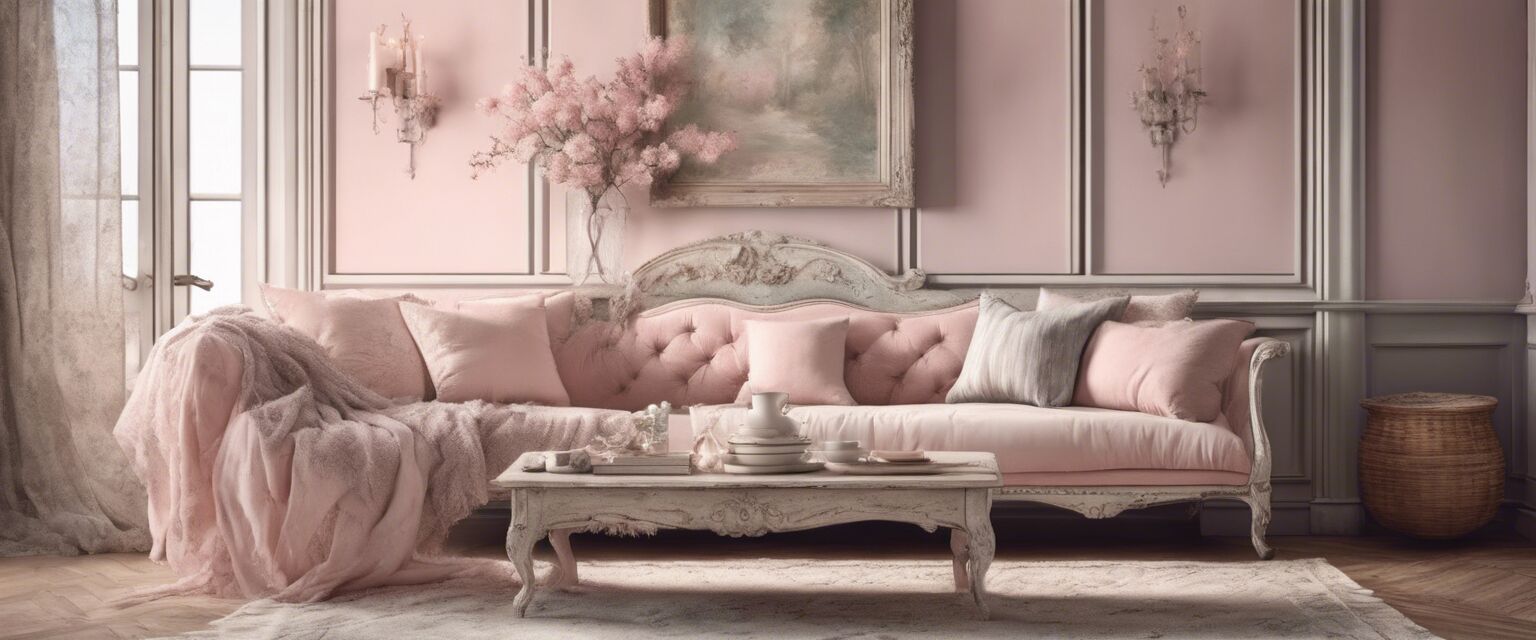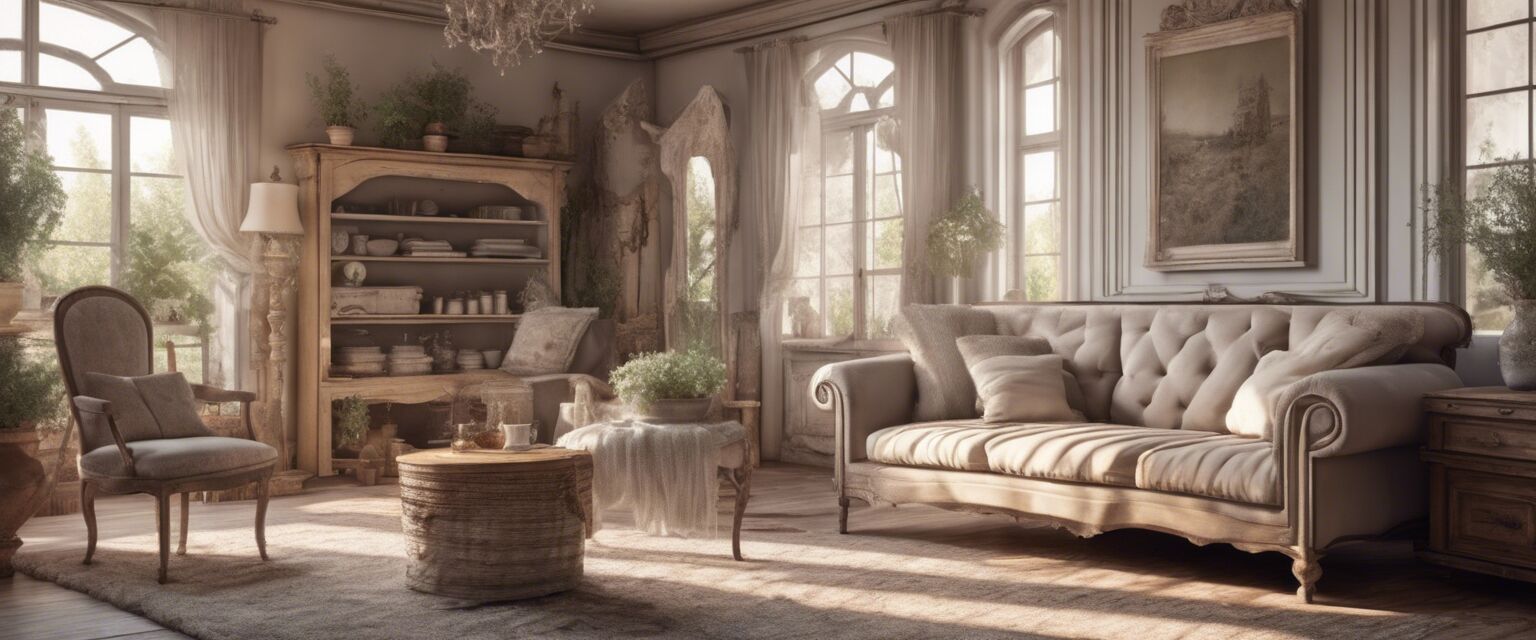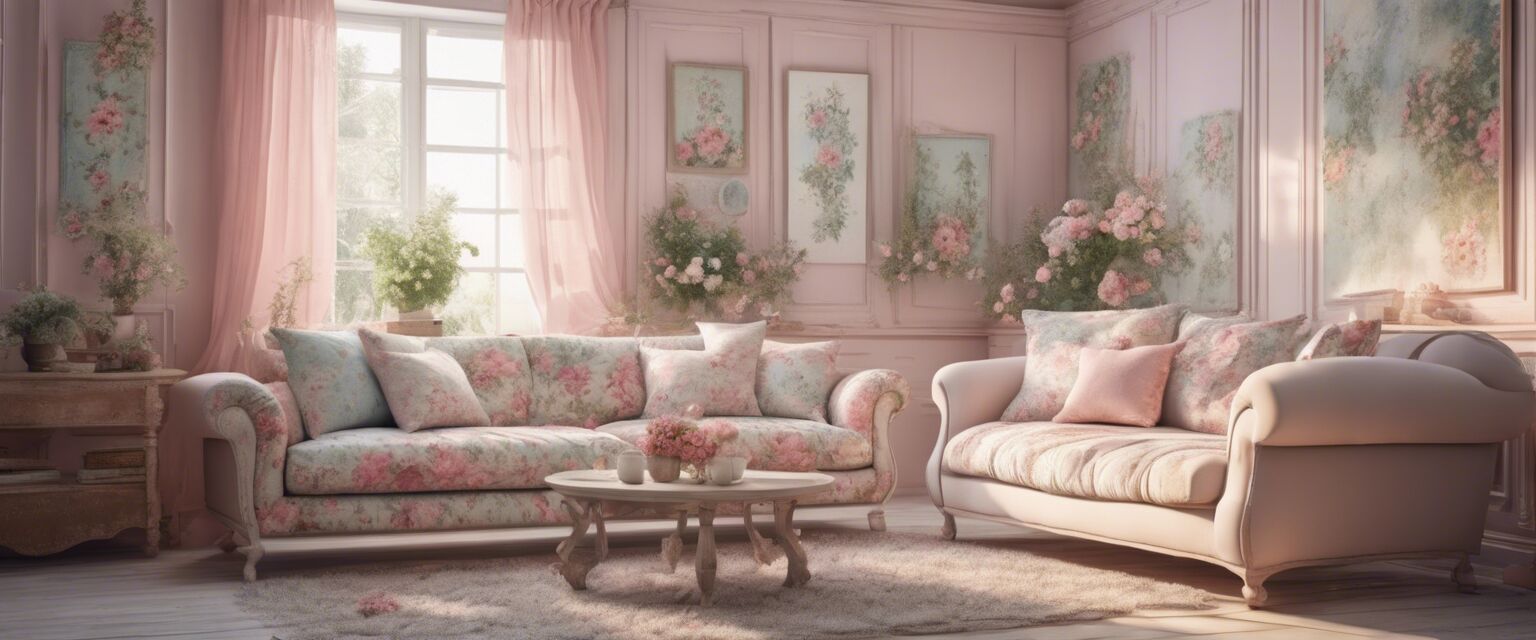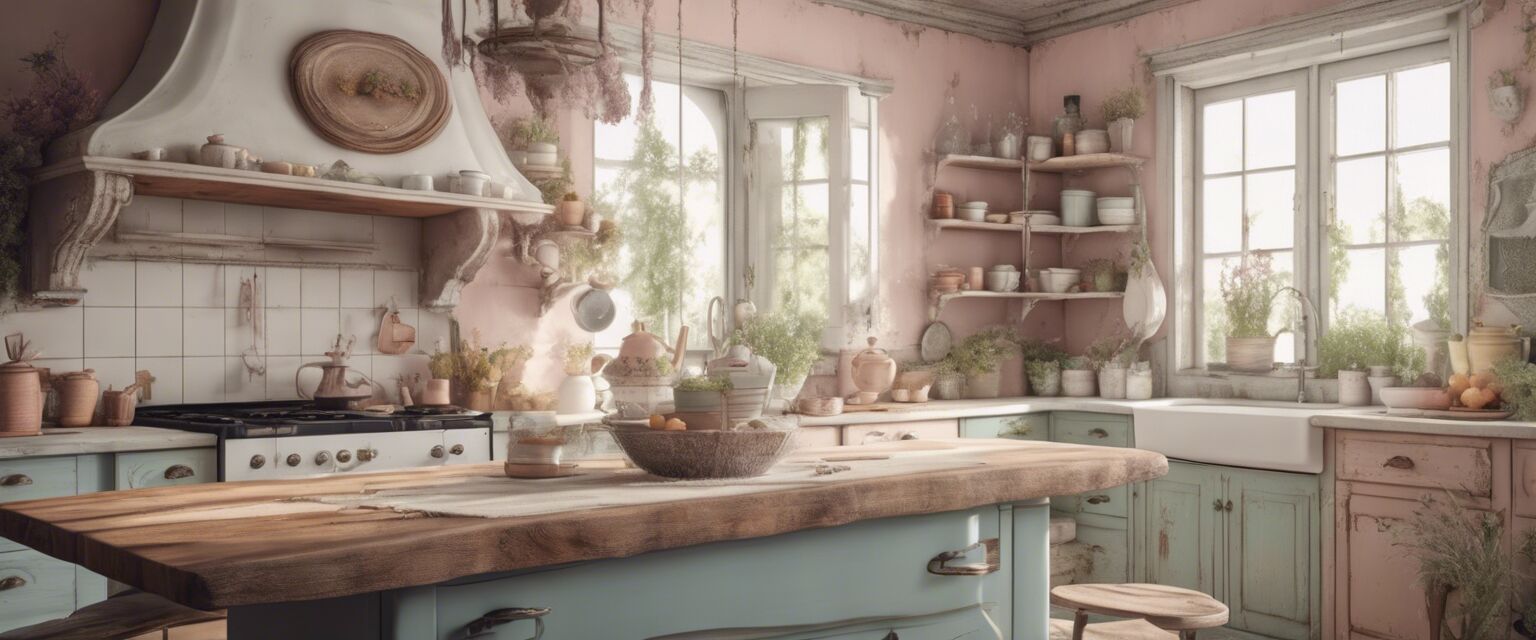
Shabby Chic Kitchen
Designing a shabby chic kitchen is all about creating a warm, inviting space that combines vintage charm with modern functionality. This style is characterized by soft colors, distressed furniture, and eclectic decor.
Key Takeaways
- Shabby chic kitchens blend vintage charm with modern functionality.
- Color palettes often include soft pastels and whites.
- Key furniture pieces should have a distressed or vintage appearance.
- Decor items can include floral patterns, lace, and rustic accessories.
- Personalization through DIY projects enhances the shabby chic aesthetic.
In this article, we will explore tips and inspiration for creating your own shabby chic kitchen, including furniture ideas, color palettes, and decorative accents.
Key elements of shabby chic kitchen design
When it comes to shabby chic kitchens, there are several key elements to consider:
- Color Palette: Soft pastels, whites, and neutrals.
- Furniture: Vintage or distressed pieces.
- Decor: Floral patterns, lace, and rustic accessories.
- Lighting: Soft, warm lighting from pendant lights or chandeliers.
- Textures: Incorporate various textures like wood, metal, and fabric.
Color palettes for a shabby chic kitchen
Here are some popular color palettes to consider when designing your shabby chic kitchen:
| Color Palette | Description |
|---|---|
| Soft Pastels | Light pinks, blues, greens, and yellows create a gentle atmosphere. |
| Whites and Creams | Bright whites and warm creams add freshness and light. |
| Earthy Tones | Soft browns and greens bring a more rustic feel. |
Choosing the right furniture
Furniture plays a vital role in achieving the shabby chic look. Here are some tips:
- Look for distressed wood finishes.
- Incorporate vintage pieces, such as farmhouse tables and antique cabinets.
- Use open shelving to display decorative dishware and accessories.
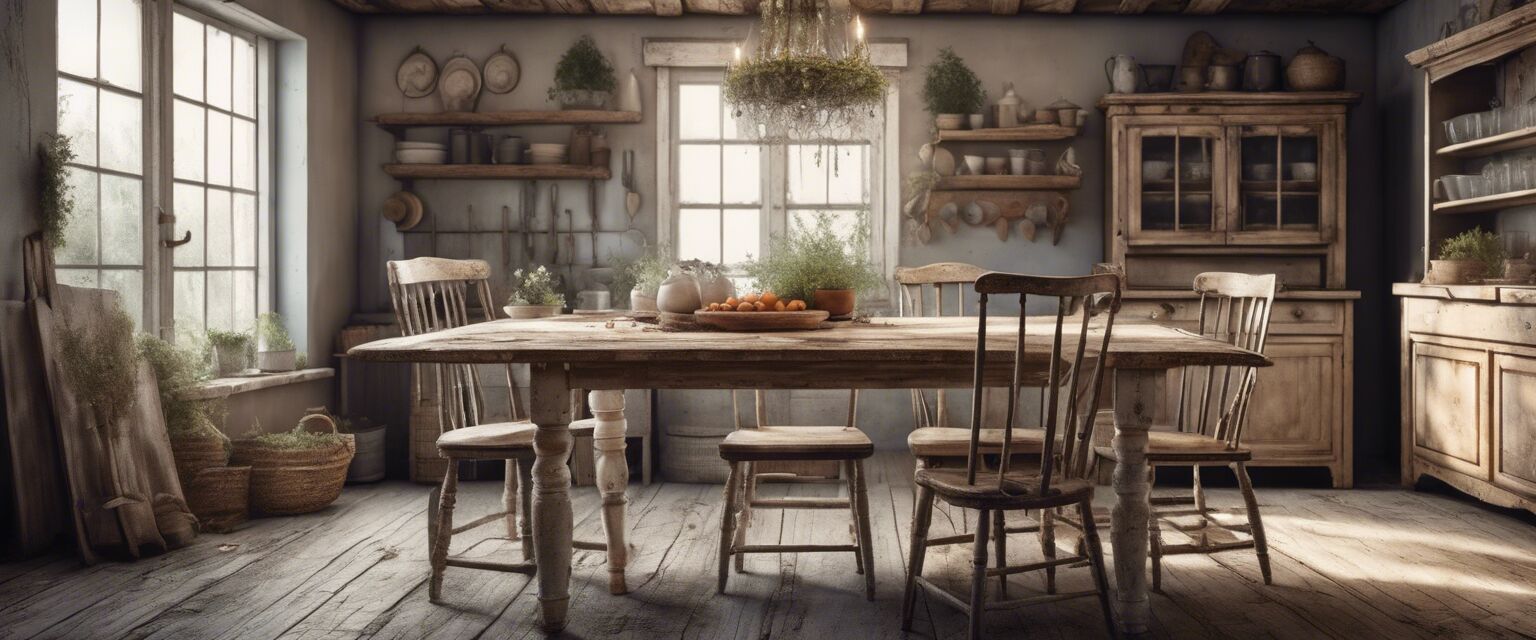
Decorating your shabby chic kitchen
Decor is essential to achieving the shabby chic aesthetic. Consider these ideas:
- Use floral fabrics for curtains and tablecloths.
- Add lace accents to window treatments and placemats.
- Incorporate rustic elements, such as wooden crates or vintage jars.
- Hang decorative plates or art on the walls.
Accessorizing your kitchen
Accessorizing can enhance the shabby chic vibe in your kitchen:
| Accessory Type | Ideas |
|---|---|
| Wall Art | Framed vintage prints or botanical illustrations. |
| Textiles | Quilted pot holders, lace table runners, and vintage aprons. |
| Plants | Herbs in vintage pots or fresh flowers in mason jars. |
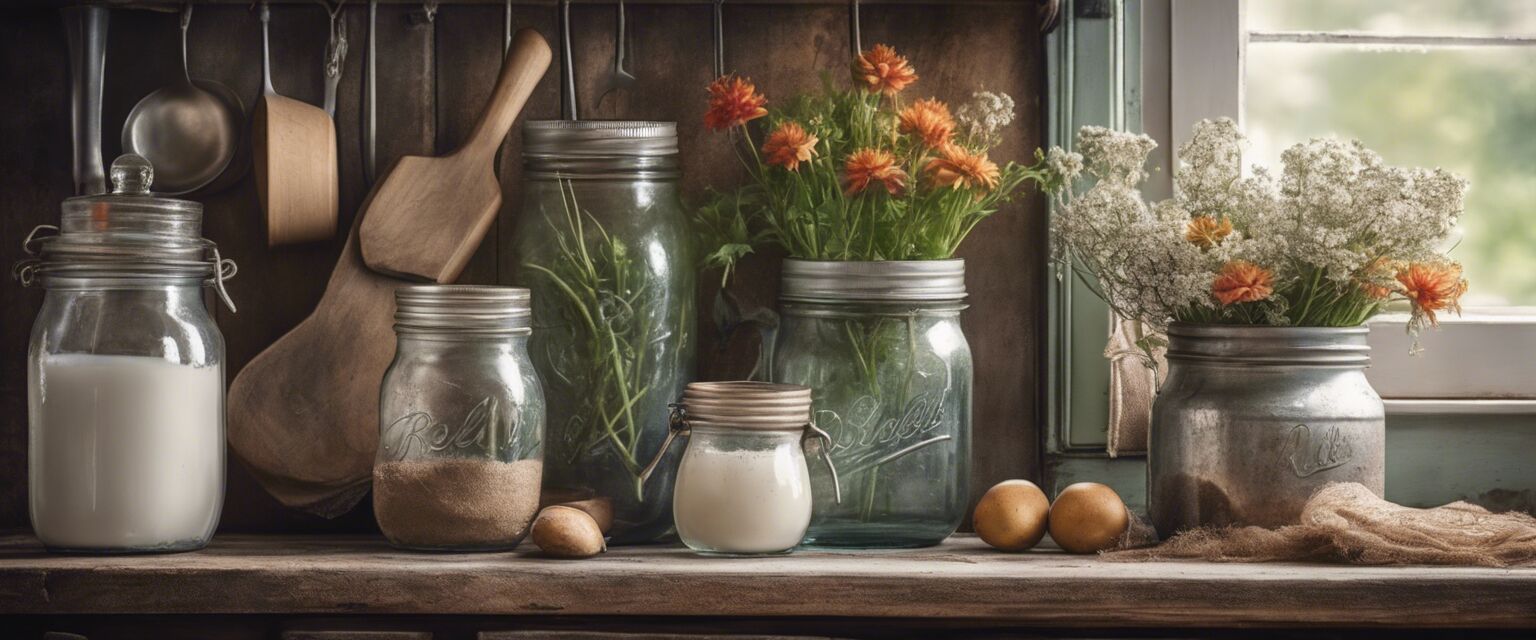
DIY projects for a personalized touch
Adding personal touches through DIY projects can truly make your kitchen feel like home:
- Refinish old furniture with chalk paint.
- Create your own wall art using reclaimed wood.
- Make decorative storage jars with paint and fabric.
Inspiration for your shabby chic kitchen
Here are some sources of inspiration for your shabby chic decorating:
- Shabby Chic Decor
- Shabby Chic Furniture
- Shabby Chic Bathroom
- Shabby Chic Bedroom
- Shabby Chic Living Room
- Shabby Chic Kitchen
Tips for beginners
- Start with a neutral base and add color gradually.
- Don't be afraid to mix different styles and textures.
- Visit thrift stores for unique finds.
- Consider repurposing items for a customized look.
Pros
- Creates a warm and inviting atmosphere.
- Flexible style that allows for personal expression.
- Combines vintage charm with practical function.
Cons
- Can be challenging to maintain cleanliness with distressed furniture.
- Finding the right vintage pieces may take time.
- May require a larger initial investment for quality pieces.
